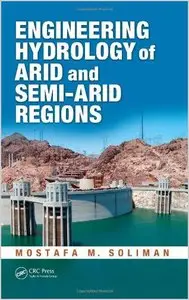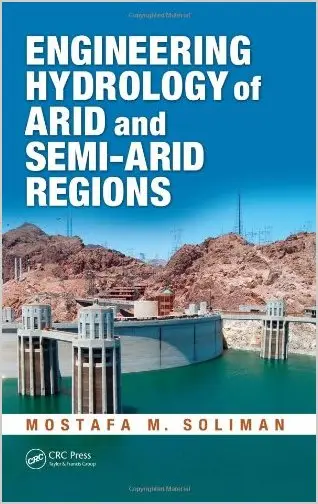Engineering Hydrology of Arid and Semi-Arid Regions by Mostafa M. Soliman
English | 2010 | ISBN: 1439815550 | ISBN-13: 9781439815557 | 411 pages | PDF | 7,4 MB
English | 2010 | ISBN: 1439815550 | ISBN-13: 9781439815557 | 411 pages | PDF | 7,4 MB
The natural scarcity of water in arid and semiarid regions, aggravated by man-made factors, makes it difficult to achieve a reliable water resources supply. Communities in these areas pay the price for thousands of years of water manipulation.
Presenting important insight into the complexities of arid region hydrology, Engineering Hydrology of Arid and Semi-Arid Regions explores the key components for formulating and implementing integrated management approaches in catchment (wadi) systems.
The book introduces the engineering hydrology of arid and semi-arid regions, covering meteorological processes and hydrology. The author discusses precipitation and precipitation losses, catchment characteristics, and runoff estimation methods. He also examines streamflow measurements and hydrographs, flood routing, and groundwater hydrology, including the basic equations of groundwater flow and analytic solutions describing flow aquifers, pumping tests, and salt water intrusion. Building on this foundation, the book then delineates sediment yield in watersheds and streams and the design of hydraulic structures for protection and management of water resources systems. It includes case studies, conversion tables, and modeling software.
During the last two decades, research efforts and networking have enhanced the state of knowledge about arid and semi-arid areas, especially watershed and catchment systems. Pulling this information together into a comprehensive resource, this book provides a better understanding of wadi hydrology, capacity-building processes, water education and training, and institutional development. This understanding can then be used to select the appropriate tools to support water management and optimize the sustainable use of water resources.



